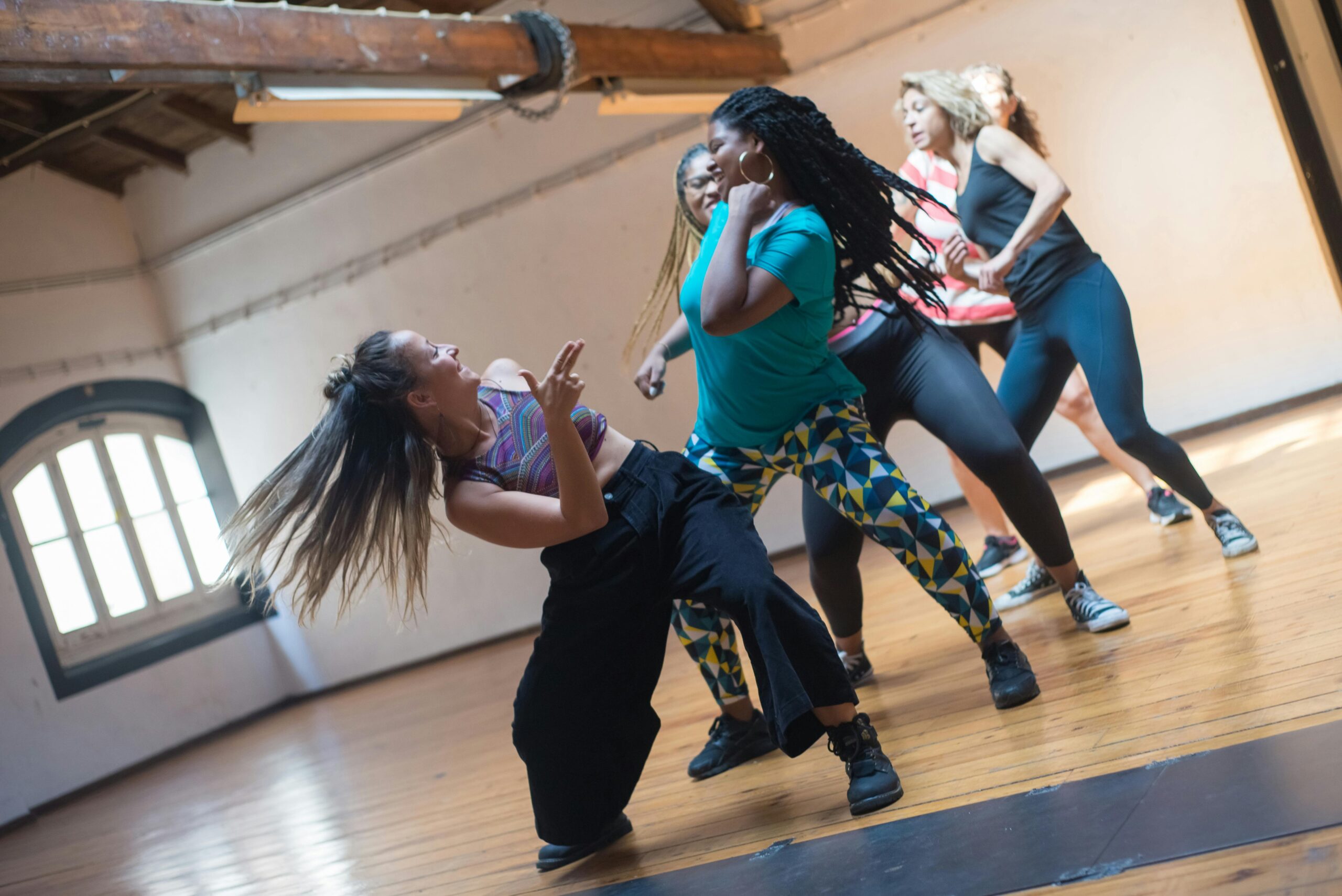You don’t have to be a trained dancer to experience the joy of moving your body to music. Whether it’s a solo moment in your kitchen, a community class, or an uninhibited release on the dance floor, dance has the power to heal, connect, and energize in ways that go far beyond the physical.
At its core, dance is a form of self-expression — a full-body reminder that you are alive, capable, and worthy of taking up space. And science backs it up: dance isn’t just fun — it’s good for your body, brain, and emotional well-being.
💃 What Makes Dance So Powerful?
Dance combines three key healing elements:
- Movement (which energizes and grounds the body)
- Music (which soothes and stimulates the brain)
- Emotion (which allows for release, joy, and connection)
When these elements come together, they activate multiple systems in the body and mind — supporting everything from heart health to emotional regulation.
🧠 Mental and Emotional Health Benefits of Dance
1. Boosts Mood
Dance increases levels of endorphins, dopamine, and serotonin — the “feel good” chemicals that help improve mood and reduce symptoms of depression and anxiety.
2. Reduces Stress
Moving in rhythm to music helps regulate the nervous system. Dance gives your mind a break from worry and invites your body to process emotions through movement.
3. Enhances Self-Expression
Sometimes, feelings live in the body before they reach the surface. Dance offers a nonverbal outlet for grief, anger, joy, or longing — especially when words are hard to find.
4. Builds Confidence
As you learn new steps or simply allow yourself to move freely, dance can shift how you see yourself — increasing body awareness, self-trust, and empowerment.
5. Supports Social Connection
From Zumba classes to cultural dances to TikTok routines, dance brings people together. Moving with others builds a sense of community and belonging — both of which protect mental health.
💪 Physical Health Benefits of Dance
- Improves cardiovascular health
- Enhances balance, coordination, and flexibility
- Strengthens muscles and supports joint mobility
- Increases energy and stamina
- Encourages better posture and alignment
- Supports brain health by improving memory and focus (especially in styles that involve choreography)
🎶 How to Bring More Dance Into Your Life
You don’t need choreography, mirrors, or a perfect outfit. You just need music and a willingness to move.
Try:
- A 3-minute “dance break” between meetings
- A solo dance party while cleaning or cooking
- A dance-based fitness class (in-person or online)
- A cultural or expressive movement workshop
- Mindful movement to slow, intentional music
Let it be playful. Let it be yours. Let your body lead.
🌈 Final Thoughts
Dance isn’t about performance — it’s about presence. It’s a celebration of what your body can do and a reminder that healing doesn’t always happen in stillness. Sometimes, it happens in motion — in sway, stomp, stretch, or spin.
So the next time life feels heavy, try turning on your favorite song and moving, even just a little. Let your body speak. Let your heart catch the rhythm. And remember: you don’t have to move perfectly — you just have to move.
For more help with your mental health, reach out to Soul Sprout Mindful Care today!


Leave a Reply